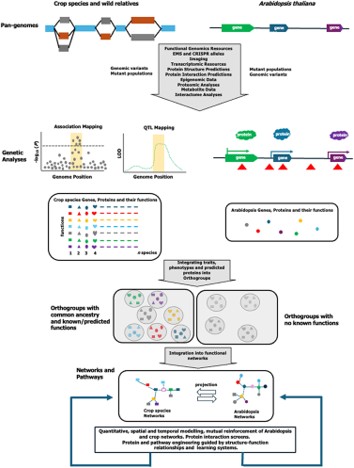
Review: Gene discovery, from Arabidopsis to crops
Plant Science Research WeeklyThis year marks the 25th anniversary of the publication of the first genome sequence of a plant, Arabidopsis thaliana, (see https://doi.org/10.1038/35048692). As this review by Bevan et al. observes, this exciting accomplishment was met with some skepticism by those who felt that it was not likely to…
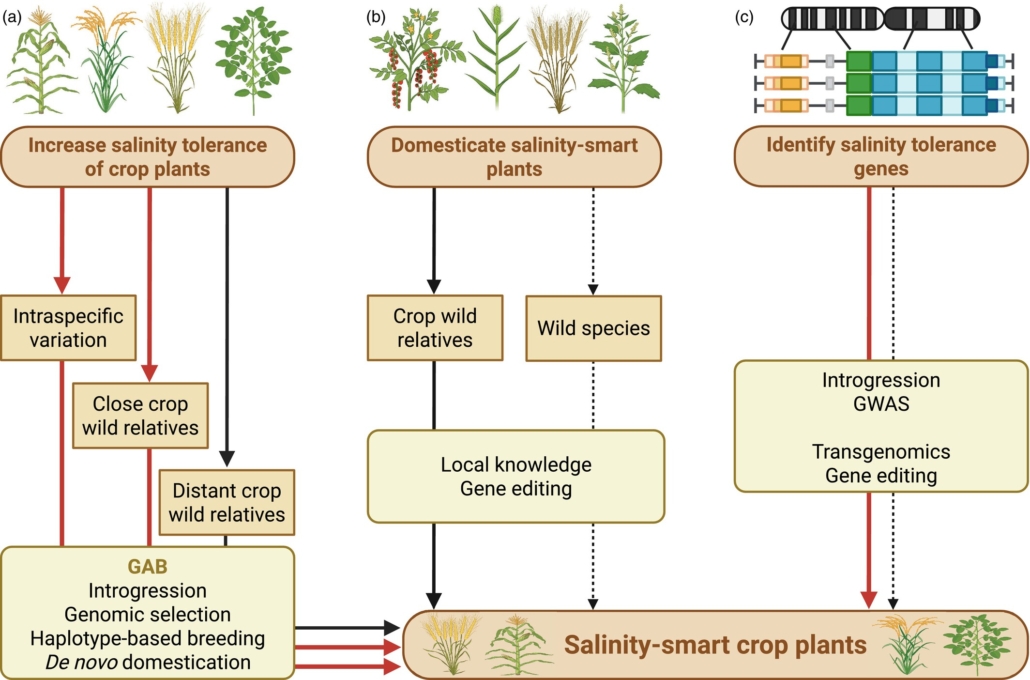
Review: Genomic tools and breeding tools to design salinity-smart food crops
Plant Science Research WeeklyMost food crops are relatively intolerant to soil salinity, yet globally soils are becoming increasingly salinized. This excellent review by Raza et al. pulls together the myriad approaches that are being used to develop salinity-smart crops. It starts with an overview of how soil salinity affects crops…
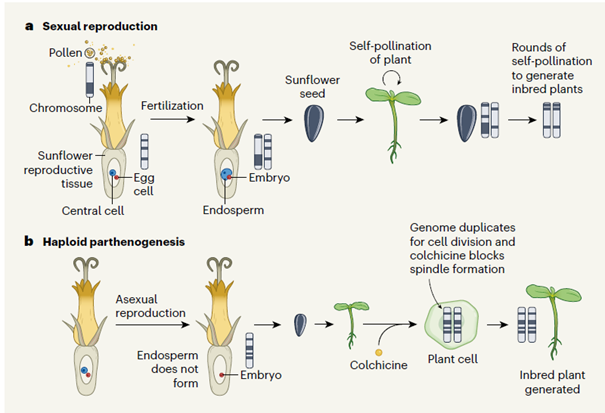
Breaking the breeding cycle: Parthenogenesis paves the way for faster sunflower breeding
Plant Science Research WeeklyHybrid crops are key to modern agriculture, offering higher yields, improved stress resilience, and greater uniformity through heterosis (“hybrid vigor”), where offspring from two different inbred lines outperform their parents. However, producing homozygous inbred lines for stable hybrid seed production…
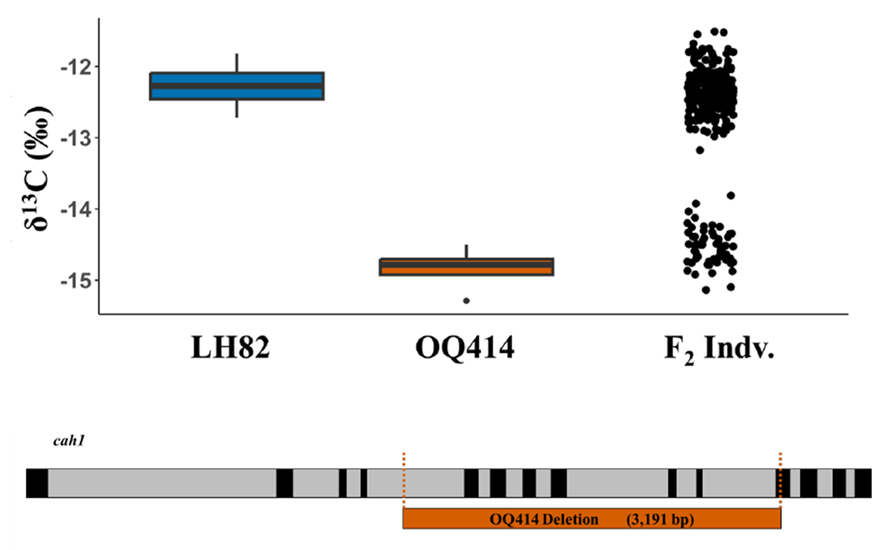
CA-nundrum: How a spontaneous mutation in carbonic anhydrase uncouples leaf δ13C, WUE and C4 photosynthesis
Plant Science Research WeeklyWith climate change, drought is expected to happen more frequently, making supplemental irrigation increasingly necessary to sustain crop productivity. One target trait to improve climate resilience is water use efficiency (WUE), defined by the ratio of carbon assimilation to water used by the plant.…
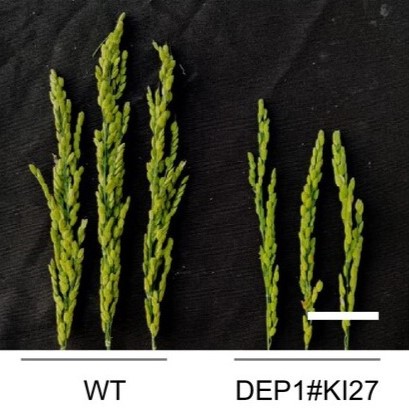
Gene knock-down using gene editing
Plant Science Research WeeklyAn efficient method of gene downregulation, where gene expression is reduced but not completely knocked out, is useful for crop improvement. Here, Shen et al. have developed a system to achieve this, by using CRISPR/Cas9 to insert an element containing a Kozak sequence and an ATG start codon just before…
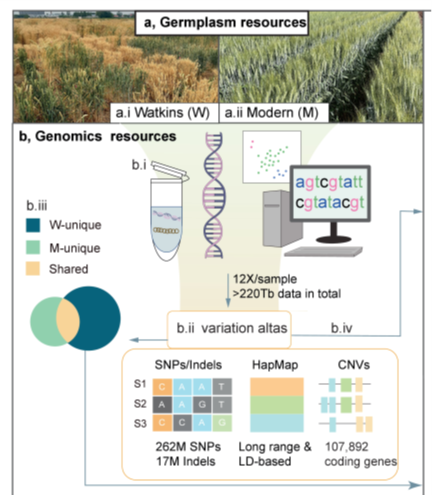
Using a historic wheat collection to revolutionize breeding
Plant Science Research WeeklyWheat (Triticum aestivum) is an important crop, making up ~20% of food consumed worldwide. As the population grows, wheat yields must increase to meet demand. To achieve this, genetically diverse wheat landraces (aka traditional varieties, which are locally adapted cultivars) can be utilized. Here, Cheng…
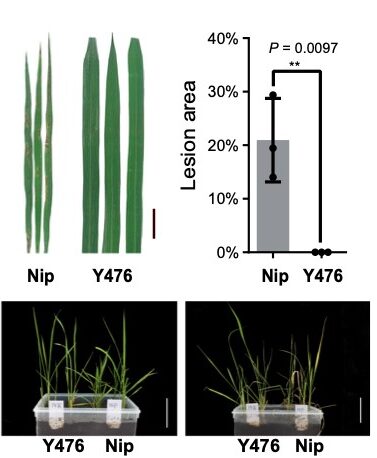
Crossing the gap: Decrypting the genome facilitates gene identification in wild rice
Plant Science Research WeeklyDomesticated crops provide a reliable food source but generally have little genetic diversity to cope with environmental fluctuations. By decrypting the genome of wild species such as the wild rice Oryza rufipogon, we may identify additional genetic variation useful for breeding process. However, the…
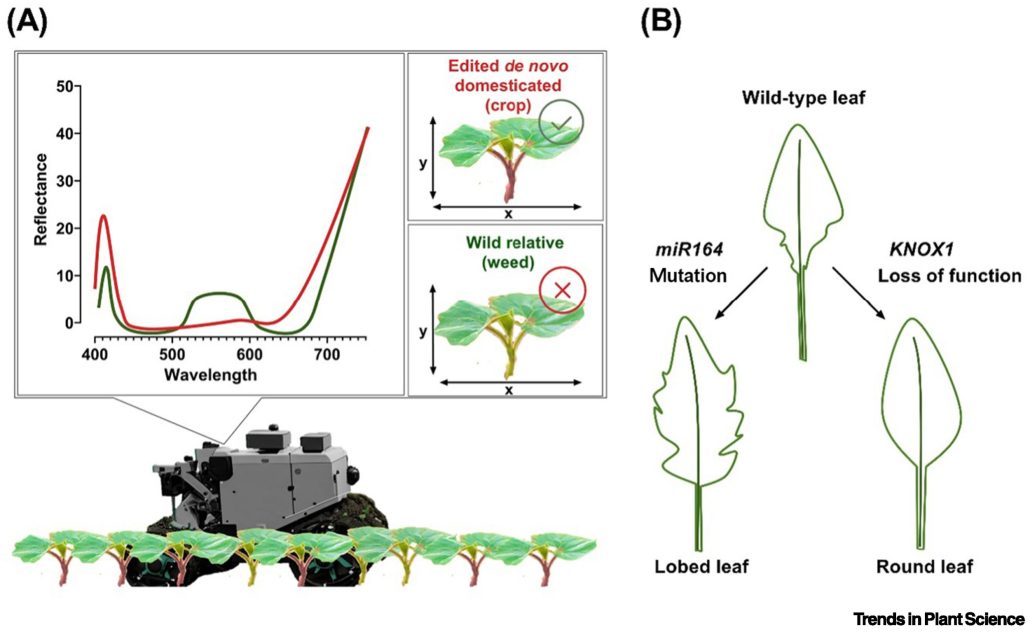
De novo domestication: What about the weedy relatives?
Plant Science Research WeeklyBecause much of the genetic diversity of our crops plants was lost during domestication, many breeding efforts endeavor to cross in resilience genes from wild relatives. An alternative approach is to rapidly domesticate those wild relatives themselves, for example by editing genes that affect flowering…
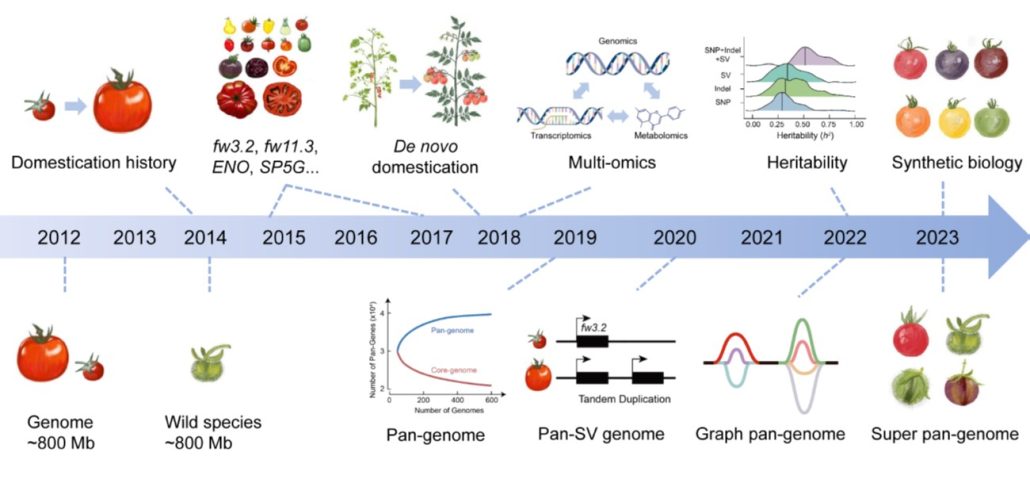
Review: The genomic route to tomato breeding: Past, present, and future
Plant Science Research WeeklyWidely and abundantly eaten tomatoes (Solanum lycopersicum) are delicious and nutritious, but the genetic diversity of cultivated tomatoes is quite narrow. In this review, Wang et al. give an overview of efforts to increase diversity, through introduction of genes from wild relatives and other approaches.…

